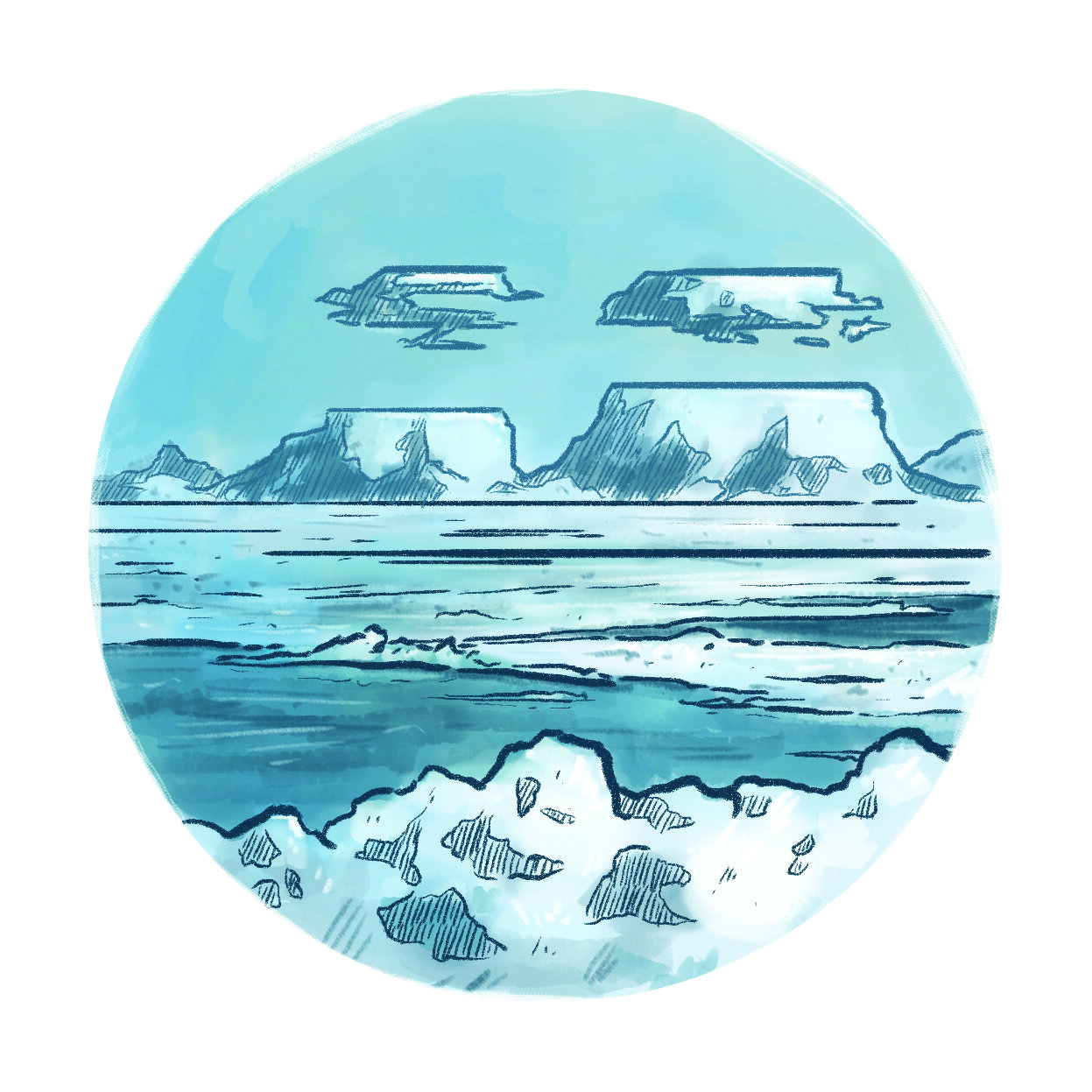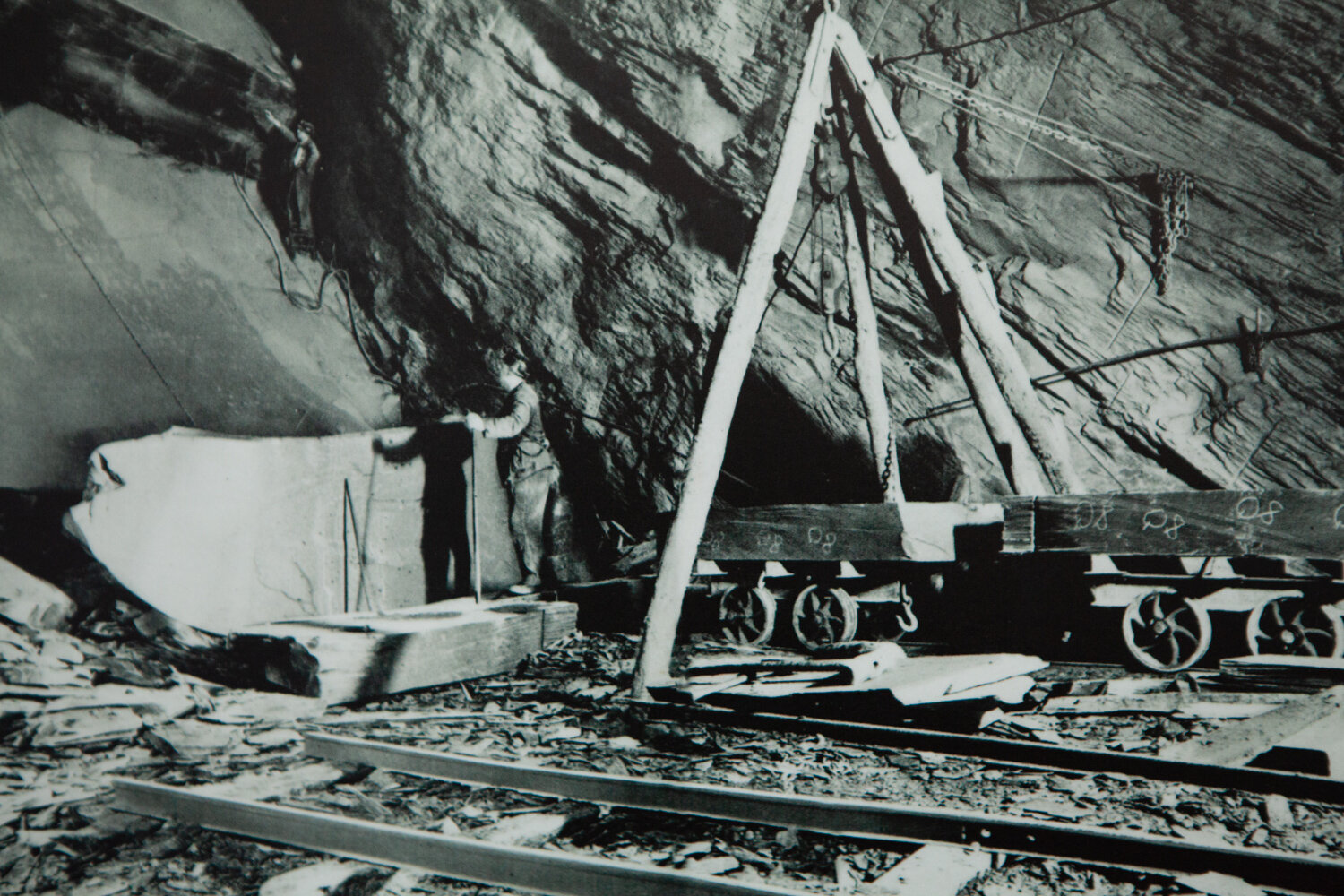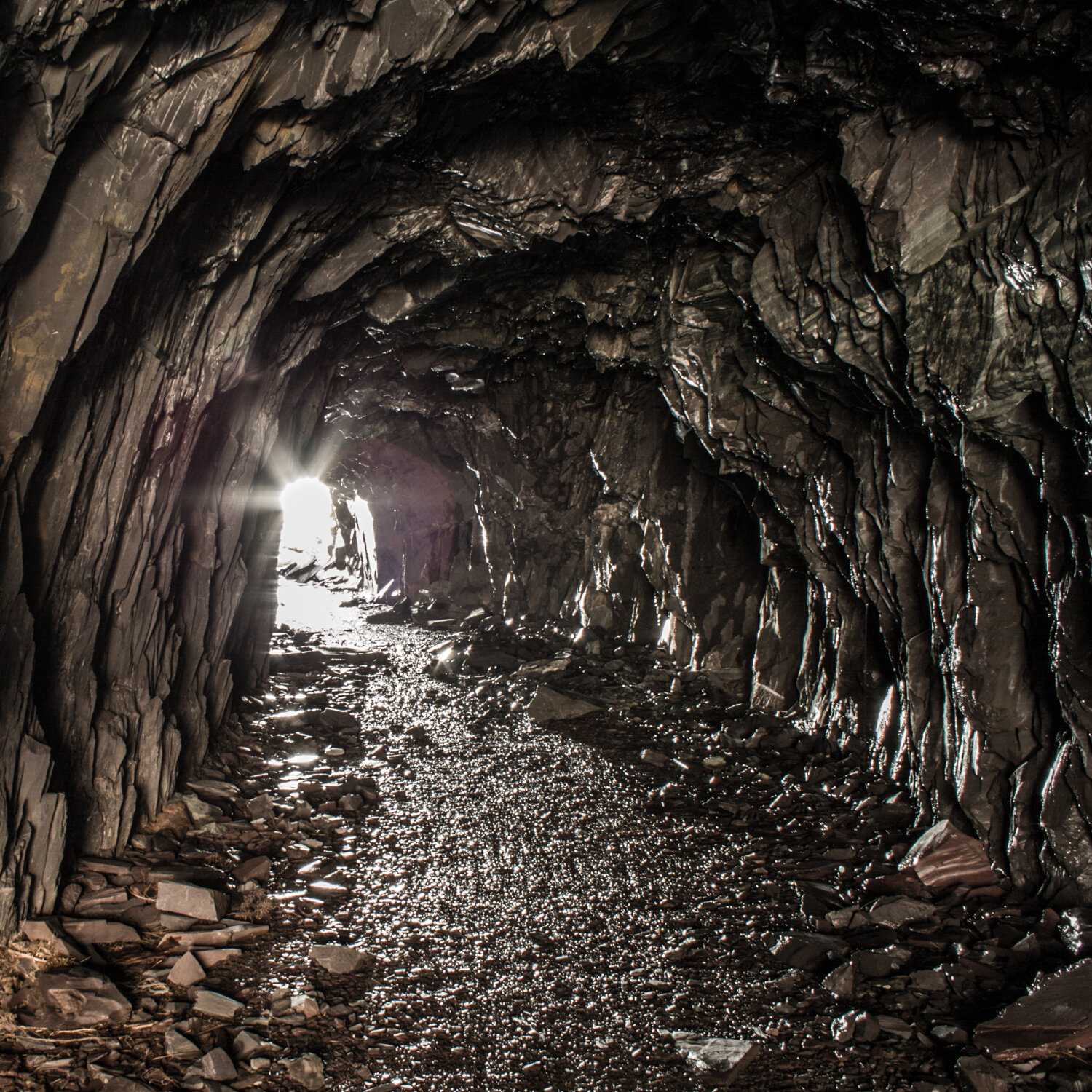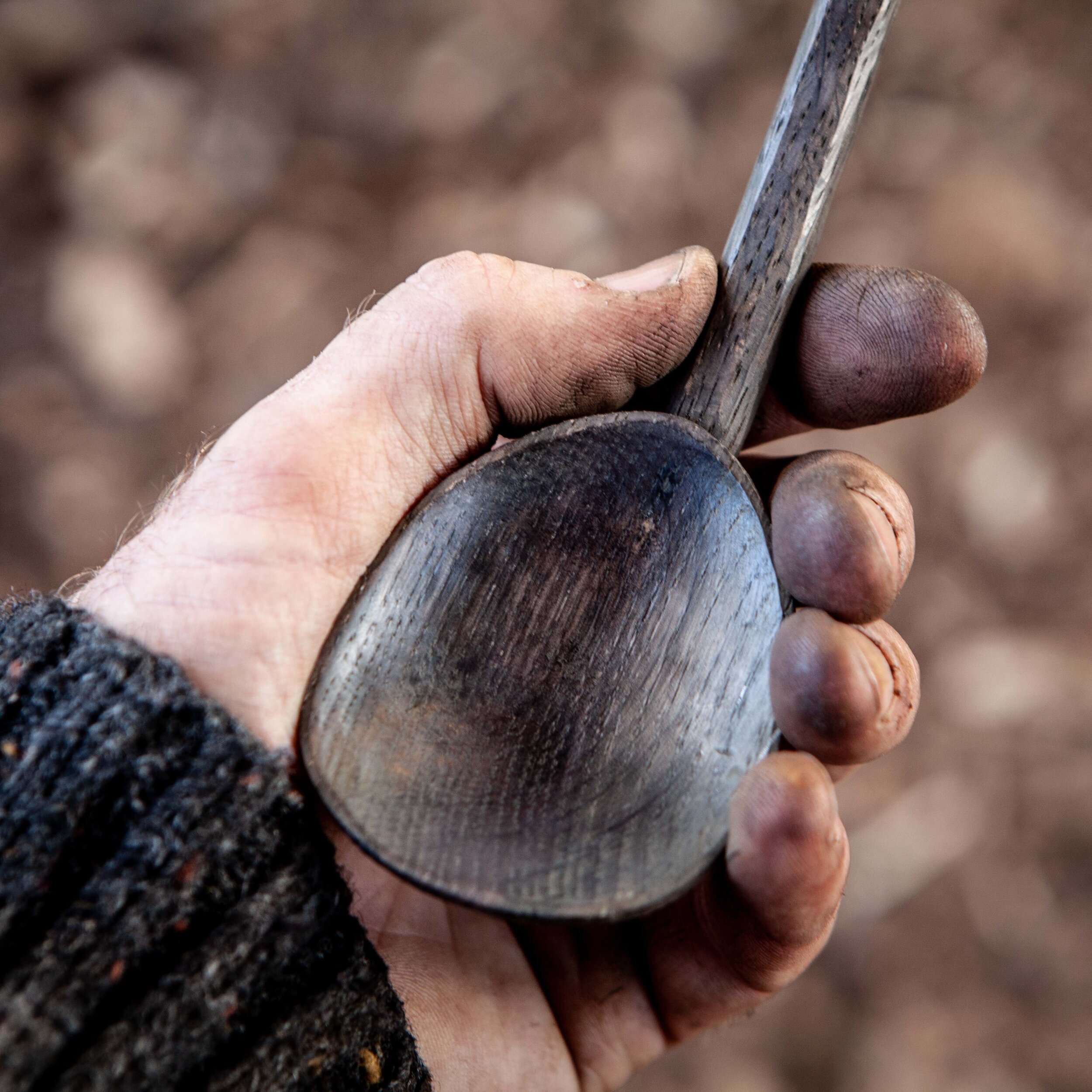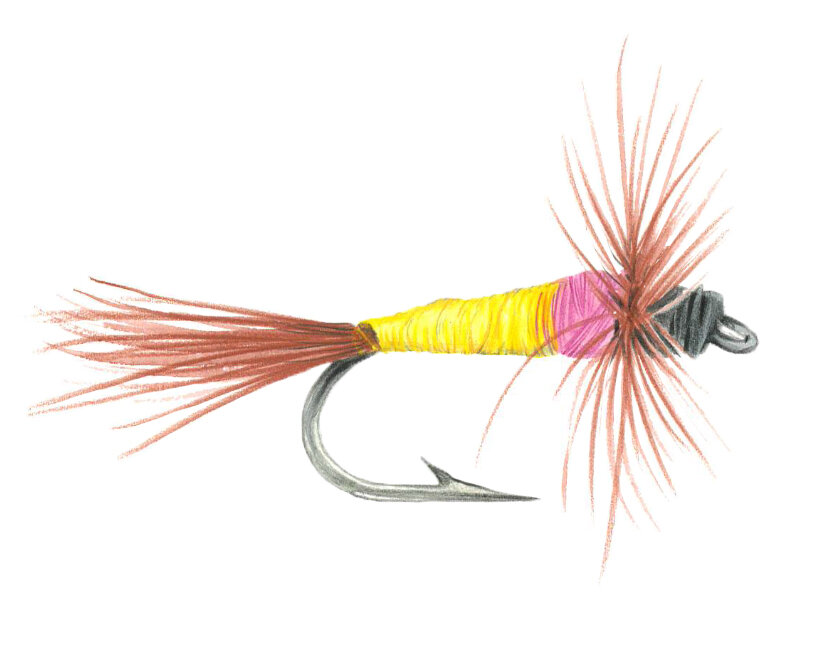Mirages are “real, but not true”, according to Christopher Pinney in his book The Waterless Sea. Real in that they are genuine optical phenomena (and can even be photographed); but not true in that “the exact nature of what beholders believe they can see reflects, in part, the concerns and anxieties of their times”. Pinney’s book describes some famous examples.
The thirst of the gazelles
Mirages occur when light is refracted by hot or cold air, making things appear in the wrong place. They can be ‘superior’ or ‘inferior’, depending on whether the apparition is above or below the real object. A typical ‘inferior’ mirage is the desert oasis – actually a refraction of the blue sky above. Known in Sanskrit as mrigtrishna – ‘the thirst of the gazelles’ – Lawrence of Arabia regarded these frustrating visions as “an ever-present feature of the desert”.
The elusive island of St Brandan
A superior mirage frequently takes the awe-inspiring form of a ‘city in the sky’ – also called a Fata Morgana after the tricksy Arthurian sorceress, Morgan le Fay. The most enduring of these was the phantom isle of St Brandan in the Canary Islands. Seen many times over hundreds of years, this mysterious landmass prompted four abortive expeditions and appeared on maps from the 1400s right up to the 1750s.
The breath of the clam-monsters
In Japan, shinkiro (mirage) was attributed to the breath of giant sea molluscs. When this purple mist bubbled up from the deep, it hung above the water in the form of a spectral island called Horai, complete with palaces and temples. In China, the island was known as Penglai, and 8th-century poet Ch’ien Ch’i declared that any dignitary making the crossing to Japan would spot “the high houses of the clam-monsters bannered with rainbows”.
Words: Joly Braime. Illustrations: Joe Latham.
Taken from The Waterless Sea, by Christopher Pinney (Reaktion Books, 2018), £18.


